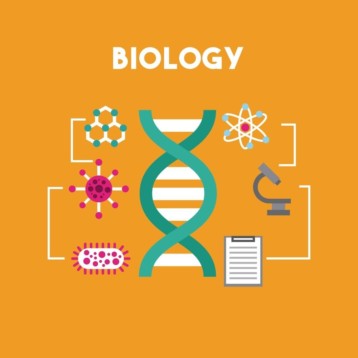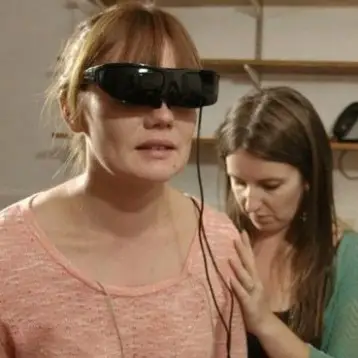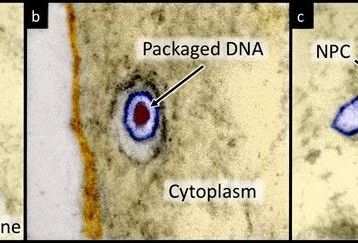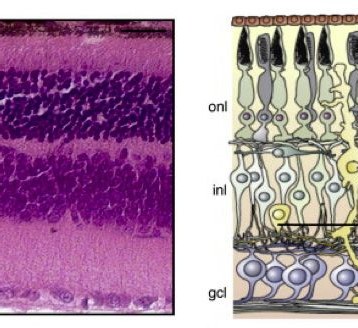|
When the scientists apply the electric field to the slides, proteins and other chemical components of the bacteria stick to the gold electrodes. Each type of protein or chemical has a different signature set of wavelengths in the spectrum; experts identify that signature using surface enhanced Raman spectroscopy, allowing researchers to determine the components present on the slides and identify the resident bacteria. While not perfect – some related types of bacteria may have very similar chemical signatures – the class of organism if not the specific organism should be easy to determine using this method.
Scientists conducted current tests of this new process, successfully bonding Gram positive (Staphylococcus aureus) and Gram negative (Pseudomonas aeruginosa) bacteria to the gold electrodes within three minutes of application and successfully identified using Raman spectroscopy within a few additional minutes. This is a significant improvement over the current standard method of taking cultures and sending them to external laboratories for identification.
Hsien-Chang Chang, a professor at the Institute of Biomedical Engineering and the Institute of Nanotechnology and Microsystems Engineering at the National Cheng Kung University led the research team, who believes that they could use the same technique to sort and identify different forms of fungi in the future. Their method could become a viable way to test commercial food and drug products in addition to providing new medical diagnostic tests.
TFOT previously reported on other uses of Raman spectroscopy in medical research, including the use of Raman spectroscopy to image gold nanorods to detect and treat cancer and the use of Raman spectroscopy in early detection of tooth decay. TFOT also reported on other microchip detection mechanisms including a microchip using optical traps to detect cancer, a new inexpensive method for sequencing the human genome using microfluids on a chip, and a lab on a chip designed to detect oral cancer.
Read more about this new bacteria identification process in this paper from the IEP journal Biomicrofluidics.










